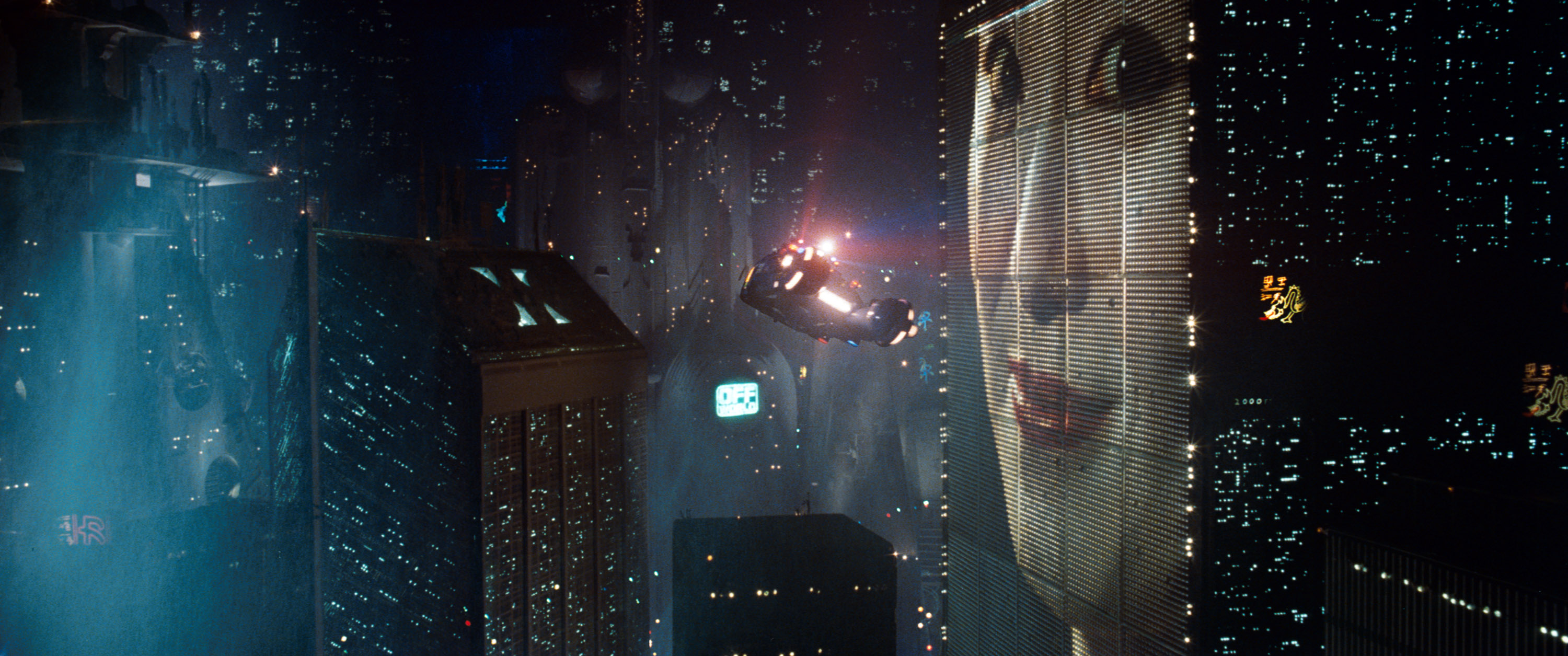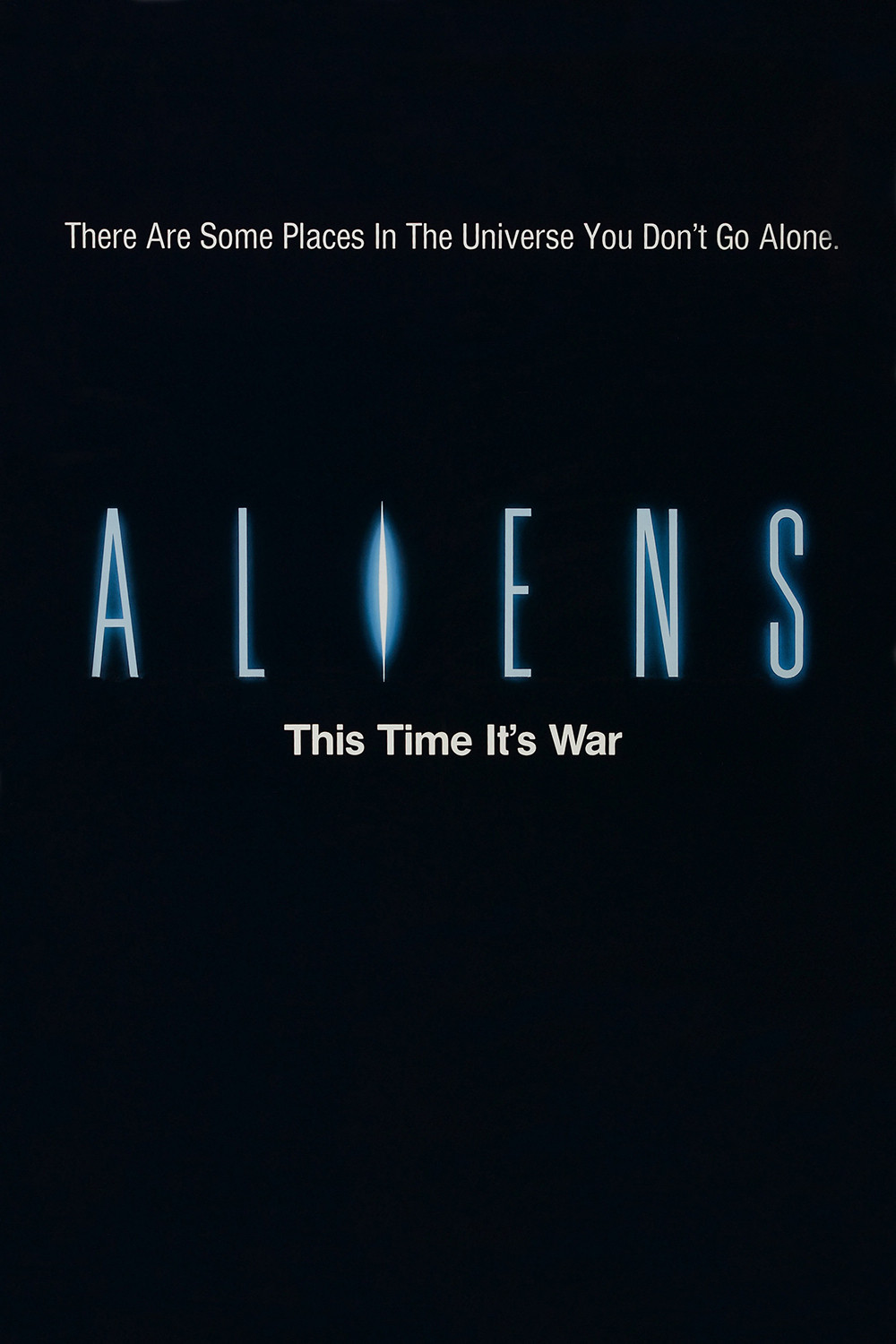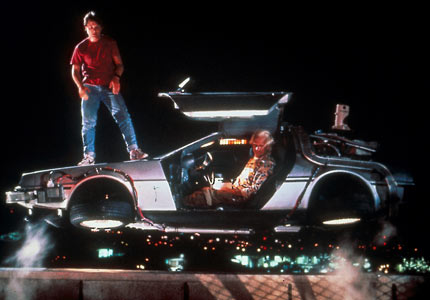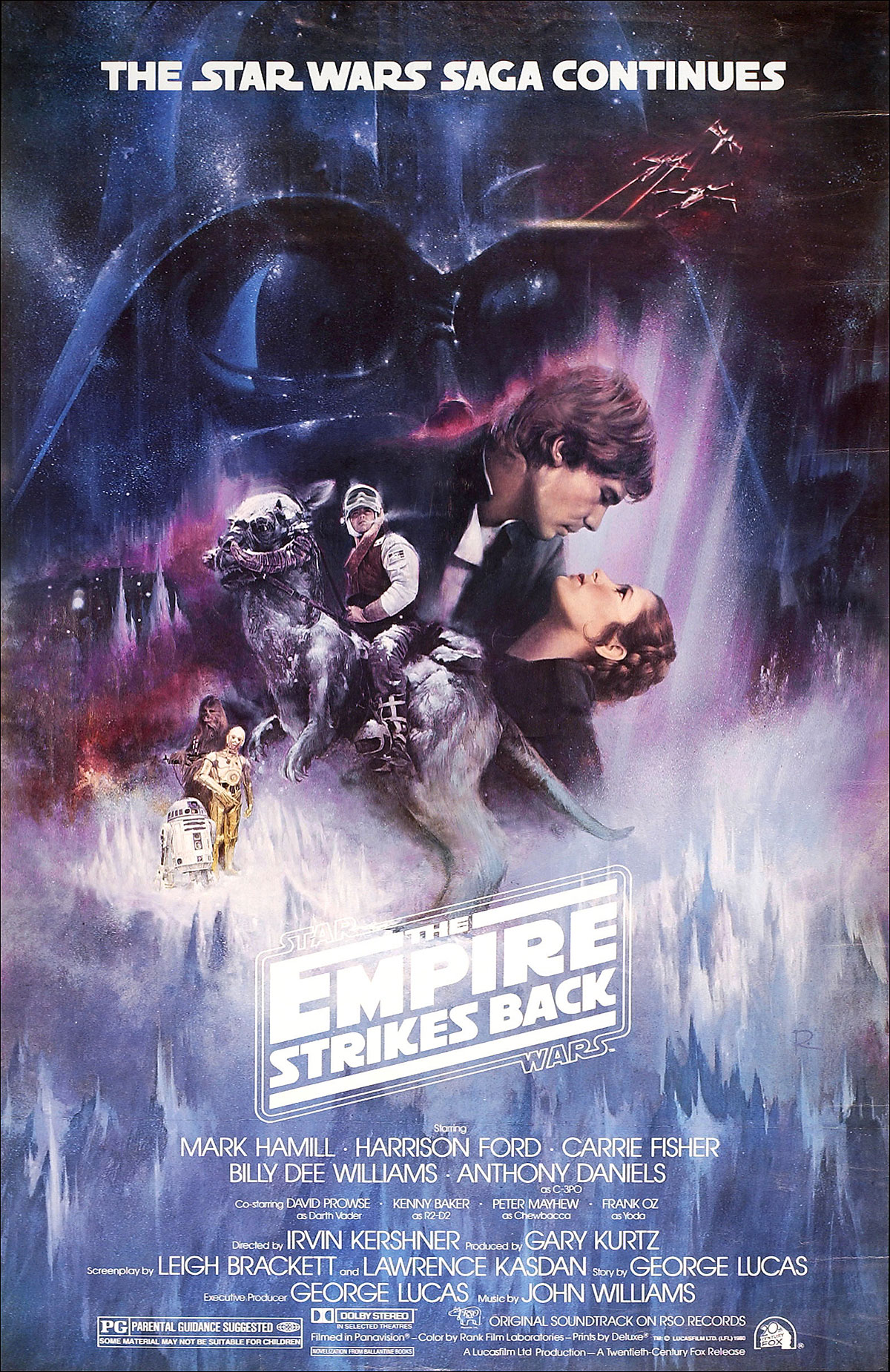I started a series of lists that rank my top ten
favorite movies by decade. It began in
the 1920s and will be working toward the new millennium.
To compile this list, I took my ranked films from
IMDb, which I grade after every movie viewing, and sorted them from highest to
lowest. Then, looking at each movie in
each decade I came up with my favorite ten.
I have included some honorable mentions to show what
the top ten were up against. We will continue with the 1980s.
1980s
1980s
Honorable Mentions: The Blues Brothers
(1980), Caddyshack (1980), The Shining (1980), Das
Boot (1981), Mad Max 2: The Road Warrior (1981), E.T.:
The Extra-Terrestrial (1982), National Lampoon’s Vacation (1983), Amadeus
(1984), The Living Daylights (1987), Beetlejuice (1988), Who
Framed Roger Rabbit (1988), National Lampoon’s Christmas Vacation
(1989), and When Harry Met Sally (1989)
10. The Princess Bride (1987)
10. The Princess Bride (1987)
While
not a box office triumph or awards show darling, The Princess Bride is considered to be one of the funniest and
widest-genre-spanning film of all time. A
modest success in theaters, the film has garnered a cult following over the
years with numerous quotable phrases and jokes becoming part of the general
lexicon of America. The Princess Bride follows the story of a woman named Buttercup who
is to wed Prince Huperdinck but is kidnapped by the dread Pirate Roberts. What follows is a madcap tale of revenge,
love, adventure, laughs, swordfights, plot twists, six-fingered villains, and
R.O.U.S.’s. The film was a critical
success and over the years has been labeled the most quotable movie since The Wizard of Oz. Landing on several “Best Of” lists, the
accolades include Total Film magazine
readers voted it the 38 greatest comedy film of all time, ranking at 88 on
AFI’s Top 100 Passions list, and William Goldman’s screenplay twice came in at
84 on the Writers Guild of America’s best screenplays of all time in 2006 and
2013.
9. Blade Runner (1982)
9. Blade Runner (1982)
Ridley Scott’s
dystopian future portrays a dark, dirty, noir-like
world where organic engineered android beings, called replicants, are hunted
down and retired by beings known as “Blade Runners.” Another example of a 1980s film growing in
popularity due to its cult status, the film was originally a box office failure
and divided critics. It has since garnered
great amounts of praise for its complex themes and “retro-fitted” production
design. Blade Runner, based on Philip K. Dick’s novel Do Androids Dream of Electric Sleep?, brought Dick’s work to the
forefront of Hollywood and numerous other stories have since been adapted. The biggest complaint of the film was its
slow pace, but since its release Blade
Runner has become one of the most reworked pieces of film in Hollywood
history, resulting in seven different versions in existence. Included among its numerous award nominations
and wins are eight BAFTAs, four Saturn Awards, two Oscars, a Hugo Award, and a
Golden Globe. It has also made several
Best Film Lists, including AFI’s 100 Movies and 10 Top 10 Science Fiction, Sight & Sound, Total Film, Empire, Time, and Entertainment Weekly. The
film was selected to the Library of Congress’s National Film Registry in 1993
and in 2007 the Visual Effects Society identified it as the second most
visually influential film of all time.
8. Aliens (1986)
8. Aliens (1986)
“This Time It’s
War.” Not just a catchphrase for the
poster, the sequel to 1979’s Ridley Scott space-horror film Alien was more of a
science-fiction-action-adventure picture.
Aliens not only was a box
office success and more firmly established James Cameron as a highly coveted
director, but it was also well received at awards shows. The story returns heroine Ellen Ripley and a
group of Colonial Marines to the planet where the original hostile alien was
encountered to investigate the lack of contact with a terraforming colony. Due to the change in tone many have praised Aliens to be a superior film than its
predecessor, with Alien feeling now
slow and plain compared to the intensity of Cameron’s combat-packed action
movie. Aliens was nominated for seven Academy Awards, including Best
Actress for Sigourney Weaver, and won two Oscars for sound and visual effects. It also won a BAFTA Award in visual effects,
with another three nominations. Yet, the
big award haul was at the Saturn Awards, where it won in eight categories. The film has also accumulated high-ranking
spots on multiple Best Of lists among the years.
7. Batman (1989)
7. Batman (1989)
Today it seems the
comic book genre is a staple of big budget summer blockbuster Hollywood, but
prior to Tim Burton’s moody Dark Knight film, the only real silver screen success
comic book fans had experienced was with Superman in the 70s. The start of a four-picture series, the
initial adventure pits Batman against his greatest nemesis, the Joker. In typical Tim Burton fashion, the setting
and atmosphere of the film is quite dark, which rubbed some movie critics the
wrong way, with a German Expressionist feel to the Gotham City design. A massive hit financially, Batman was the first film to reach $100
million in the first 10 days of release.
The film received an Academy Award for art direction, Jack Nicholson was
nominated for a Golden Globe for his performance as the Joker, and the BAFTAs and
Saturn Awards handed out 11 nominations.
The success of this movie led to Warner Bros. Animation to create the DC
animated universe for television. AFI
included both Batman and Joker on their 100 Heroes and Villains list, with
nominations for the film to other of their Top 100 lists.
6. Die Hard (1988)
6. Die Hard (1988)
 Cited as the
summer blockbuster lone gunman, shoot-‘em-up action movie all subsequent action
movies have been compared with, Die Hard
has stood the test of time as a gripping thrill ride filled with violent
exploits and comedic one-liners. Turning
Bruce Willis into a movie star, the film follows New York detective John
McClane as he singlehandedly attempts to stop a group of terrorists in a Los
Angeles high-rise. The movie was a
financial success and most critics loved the tense storyline and humorous
performance Willis was able to give, despite his character being in such a dangerous
situation. Die Hard received four Academy Award nominations and Michael
Kamen’s score earned him an award win.
The movie ranked at 39 on AFI’s 100 Thrills list and Alan Rickman’s Hans
Gruber came in at 46 on the 100 Heroes and Villains list. McClane, Gruber, the hero’s catchphrase, and
the movie in general have also made countless other lists regarding the
greatest aspects of film in history.
Cited as the
summer blockbuster lone gunman, shoot-‘em-up action movie all subsequent action
movies have been compared with, Die Hard
has stood the test of time as a gripping thrill ride filled with violent
exploits and comedic one-liners. Turning
Bruce Willis into a movie star, the film follows New York detective John
McClane as he singlehandedly attempts to stop a group of terrorists in a Los
Angeles high-rise. The movie was a
financial success and most critics loved the tense storyline and humorous
performance Willis was able to give, despite his character being in such a dangerous
situation. Die Hard received four Academy Award nominations and Michael
Kamen’s score earned him an award win.
The movie ranked at 39 on AFI’s 100 Thrills list and Alan Rickman’s Hans
Gruber came in at 46 on the 100 Heroes and Villains list. McClane, Gruber, the hero’s catchphrase, and
the movie in general have also made countless other lists regarding the
greatest aspects of film in history.5. Indiana Jones and the Last Crusade (1989)
The third installment in the Indiana Jones series was intended to be
more light-hearted after the darker tones of Temple of Doom. Harrison
Ford’s Indy treks across Europe searching for his father, played by Sean
Connery, who has gone missing while on a quest for the Holy Grail. The result is a father-son theme that develops
throughout the movie, a common Steven Spielberg motif. Indiana
Jones and the Last Crusade was a box office success, earning more than $10
million in its first day. Although
audiences loved it, critics found the movie to range from “wild and witty” to
“soulless.” It won an Academy Award for
sound editing with two more nominations.
Connery received great praise for his performance, acquiring nominations
for supporting actor from the BAFTAs and Golden Globes. The sound effects team received a BAFTA
nomination as well. John Williams’ score
won a BMI Award and received a Grammy nomination.
4. Back to the Future Part II (1989)
4. Back to the Future Part II (1989)
Piggybacking
on the success of its predecessor, Back
to the Future Part II continued the story of Marty McFly altering his
family’s history. This sequel picks up
right where the first film left off, sending Marty and his scientist friend Doc
to the future, an altered present, and the past to (stealing a quote from Quantum Leap) put right what once went
wrong. Shot back-to-back with the third entry
in the series, Back to the Future Part II
was the third highest grossing film of the year, falling short of the other two
films on this list from 1989, and was a great achievement in filmmaking from
the standpoint of camerawork with a single actor playing multiple parts
onscreen. Not as well liked as the
original by film critics, it was still well received. Winning Saturn and BAFTA awards for special
effects design, it also received a nomination for the visual effects at the
Academy Awards.
3. Star Wars: Episode V – The Empire Strikes Back (1980)
3. Star Wars: Episode V – The Empire Strikes Back (1980)
While my overall opinion of the second (or fifth) film in
the Star Wars universe doesn’t coincide with Joss Whedon, our agreement over
the lack of a true ending does notch it a bit lower than it could have been on
this list. It’s not that the ending is
depressing or the Dark Side has their day, but that it is a cliffhanger of an
ending. Great movies need clear-cut
endings that don’t rely on another film to tie up loose ends. I’m not saying a movie’s conclusion can’t be
ambiguous or open to interpretation, but it does need to be an ending. With that said, The Empire Strikes Back is still a phenomenal movie that improved
upon what its predecessor had begun. The
story continues the struggles of the Jedi-led rebellion against the Dark Side
Empire, with Luke studying and training under Master Yoda. Initially received to mixed reviews, the
appreciation and esteem for this film has grown over the years and is now
considered to be not only the best in the series, but one of the greatest movies
of all time. It was the highest grossing
movie of its year and, adjusted for inflation, as of 2012 it is at number 12 on
the all-time domestic box office records list.
The Empire Strikes Back won an
Academy Award for sound mixing as well as a Special Achievement Award for
visual effects and two other nominations were received. John Williams’ score won Grammy, Golden
Globe, and BAFTA awards and two other BAFTA nominations were included for best
sound and production design. The film
also received four Saturn Awards and a Hugo Award. Darth Vader was ranked the third greatest
villain on the AFI 100 Heroes and Villains list. In 2010, the film was included in the
National Film Registry for being “culturally, historically, and aesthetically
significant.”
2. Raiders of the Lost Ark (1981)
2. Raiders of the Lost Ark (1981)
1. Back to the Future (1985)
Created
on the premise of whether the screenwriter would have befriended his father had
they attended the same high school, Back
to the Future became the biggest hit of the year and led to a trilogy,
animated television series, theme park ride, and several video games. Marty McFly travels back in time, unintentionally
altering his would-be parents love story and working with his scientist friend
to return to his own time. The film was
universally praised for its acting and balanced storyline between dramatic
tension, science fiction, and comedy. Back to the Future won an Academy Award
for sound editing and received three other Oscar nominations. The movie also won Saturn and Hugo awards for
Best Science Fiction Film and Best Dramatic Presentation. It was nominated for another two Saturn
awards, five BAFTAs, and four Golden Globes.
The success was so large, even President Ronald Regan mentioned the
movie in his 1986 State of the Union address.
Among the many other praise it has received, Back to the Future has been included in Best Of lists in Entertainment Weekly, Empire, The New York Times, and Total
Film. It was also among the AFI 10
Top 10 in science fiction. The film was
included in the Library of Congress National Film Registry in 2007.
Analysis
Analysis
Being born in 1980, this is the decade of my
youth. Therefore, many of these movies
are fun, adventure films that a child delights in. Blade
Runner is the only serious, thought-provoking film of the bunch. The 80s continued the trend of blockbuster
filmmaking and launched the idea of franchises, especially in the science
fiction, horror, and action genres. Due
to the violent nature found in such “family” films like Indiana Jones and the Temple of Doom and Gremlins, the MPAA found it necessary to add the PG-13 rating. There was an increase in popularity with the
teen comedy, largely influenced by National
Lampoon’s Animal House from 1978.









No comments:
Post a Comment